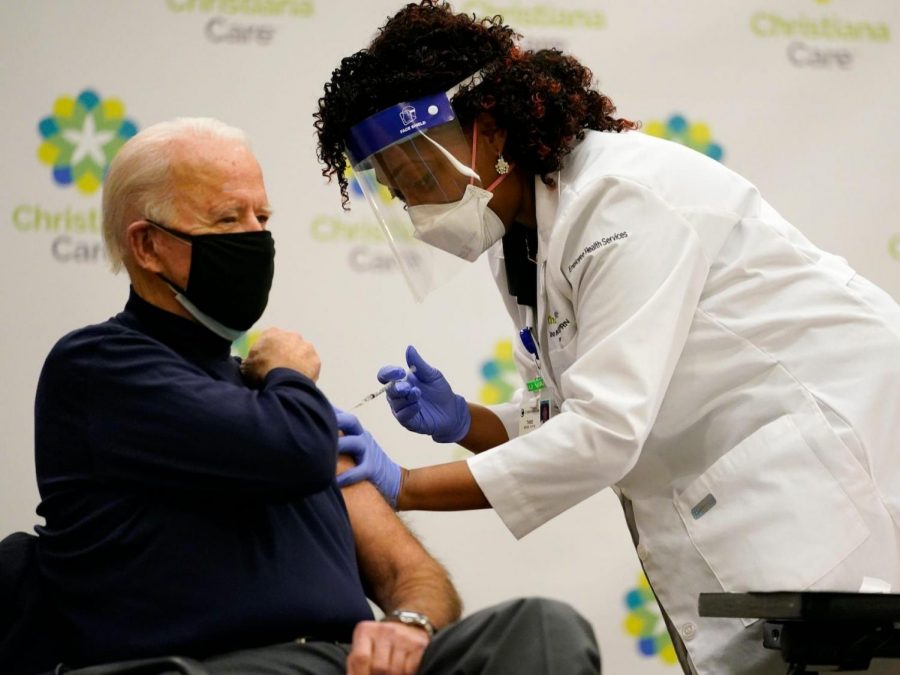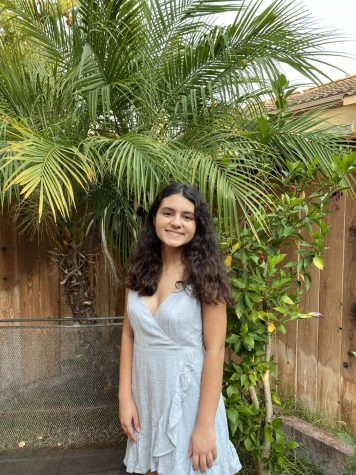President Biden Unveils Vaccine Plan
March 3, 2021
In an attempt to fight the deadly Coronavirus, President Biden has unveiled his plans to increase vaccinations across the nation. The official White House website outlined the different initiatives which Biden believes will help achieve his goal of administering 100 million shots in 100 days.
Part of Biden’s plan is increasing weekly vaccine supply to tribes, territories, and states to 10.5 million doses; this began within the last week. This amount is a 22 percent increase from when he first took office on Jan. 20 and will continue to increase over the next few weeks, according to the Biden-Harris administration.
Additionally, the administration announced that people eligible for the vaccine will be able to receive their doses at select pharmacies through the Federal Retail Pharmacy Program, starting on Feb. 11. A list of the 21 participating pharmacies can be found on the official White House website. People should first check with their local pharmacies to check for availability.
The president is also increasing reimbursements to states so that they have adequate resources to combat the virus. Specifically, Biden is requesting $350 billion from Congress to be allocated to the American Rescue Plan. The total reimbursement plan is estimated to total $3-5 billion; this money will go toward mass vaccination centers as well as other resources such as testing and genomic sequencing.
Biden also plans to address the health disparities between different racial groups. For instance, African Americans, Latinos, and Indigenous people are two times more likely to die from the virus and three times more likely to be hospitalized compared to white people. To combat this, the administration created a health equity task force aimed to improve data collection on those infected and vaccinated.
“The fact of the matter is that people in Black, Indigenous and Hispanic communities are dying from COVID-19 at rates that are higher than their share of the population,” said Marcella Nunez Smith, head of the task force. “So if we are to be equitable in any sort of treatments, vaccines, any sort of approach to this pandemic, we have to take into consideration the share of the population that is being impacted.”
Despite these steps, the U.S. is behind in vaccine rollout. According to predictions, vaccines are not expected to be available to the public until springtime.
“We have to have products available before we go out and encourage people to seek it,” said Mark Weber, the federal health official crafting the government’s Covid-19 advertising campaign. “We’re not there yet.”
With new variants of the virus spreading across the nation and the economy struggling, there is a lot that depends on how quickly America can vaccinate its people. As the Biden administration executes its vaccination plans, many are hoping to return to a semblance of normalcy by the end of summer or early fall.

